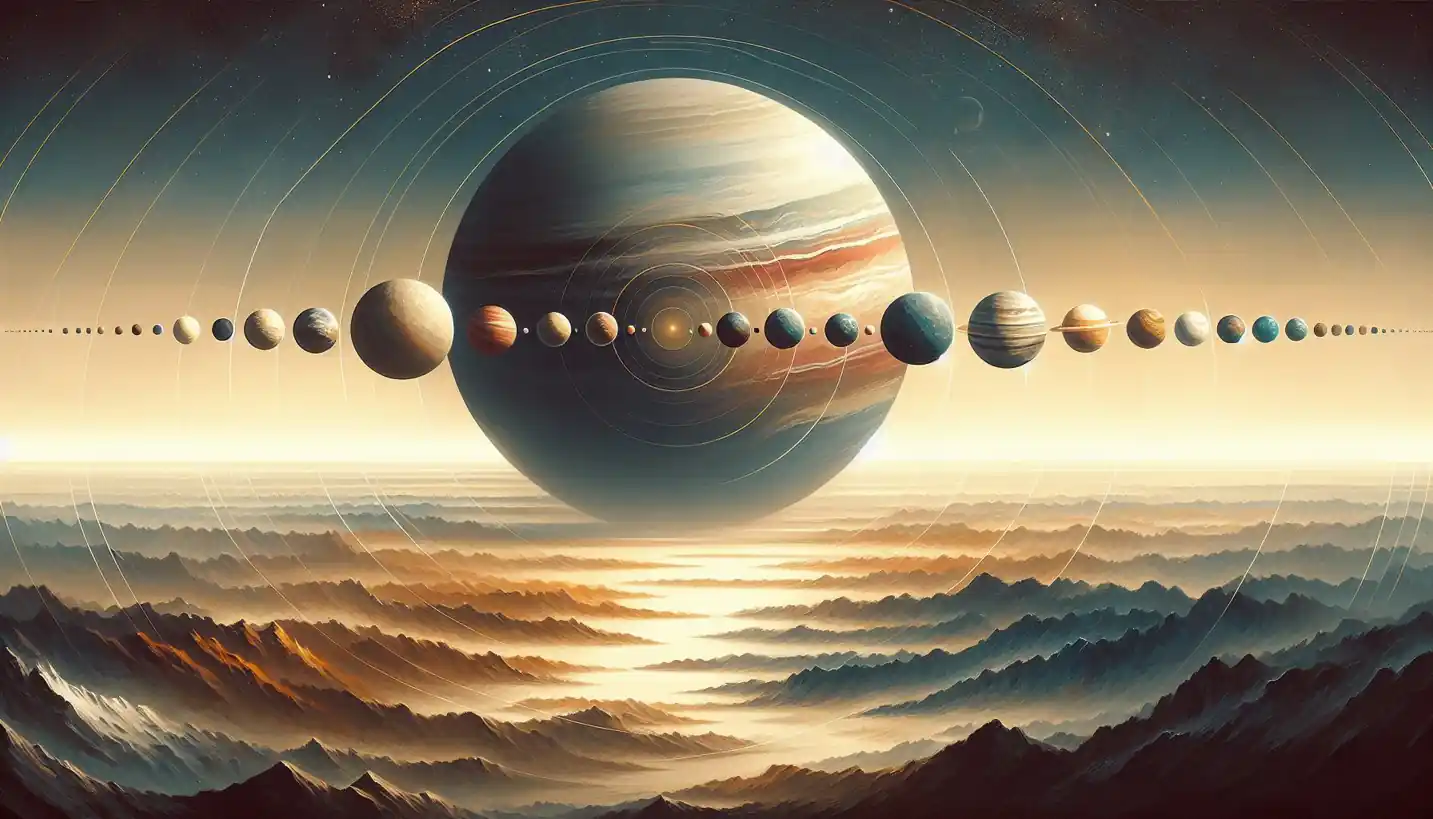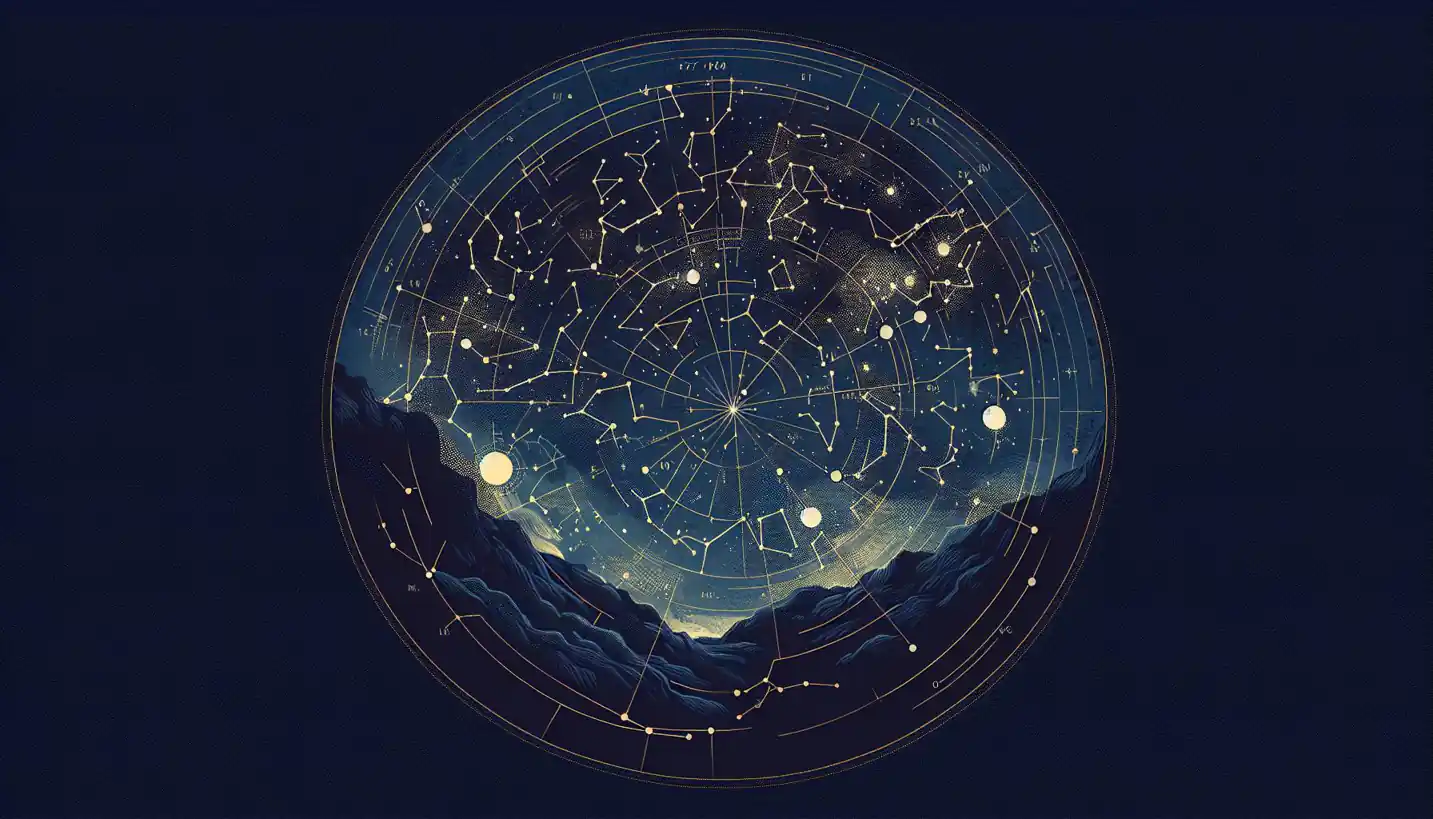· Astronomy · 5 min read
Astronomical Seeing: Understanding the Cosmic Mirage
Astronomical seeing is like viewing the universe through a shifting, cosmic mirage. Learn how this natural phenomenon impacts our stargazing experiences.

Twinkling
Have you ever marveled at the way stars seem to twinkle? This flickering effect is thanks to something called “astronomical seeing,” a fascinating phenomenon that can make observing distant celestial objects both a challenge and a wonder. Let’s dive into the world of observational astronomy to understand what astronomical seeing is all about.
The Celestial Dance of Light
When light travels from a distant star to your eye, it isn’t doing so in a straight, uninterrupted line. Instead, it passes through various layers of Earth’s atmosphere, each with different temperatures, densities, and compositions. Think of it like driving on a bumpy road—the light wobbles and scatters as it encounters these atmospheric “bumps.”
This scattering causes the star’s light to flicker, making it appear as if the star is twinkling. While enchanting to gaze upon, it can be frustrating for astronomers. This is because the “seeing” effect blurs the image, making it hard to capture a clear picture of celestial objects.
The Role of the Atmosphere
Our atmosphere is a swirling mix of gases in endless motion. Just like people might dance at a busy party, molecules in the atmosphere are constantly moving around. When light from a star enters this crowded “dance floor,” it gets jostled about. Areas of warm air mix with cooler pockets, causing constant shifts in air density and creating a chaotic environment for light to pass through.
Imagine shining a flashlight through a fish tank as you gently wiggle the water. The light beam will appear to dance and bend, much like starlight does as it travels through our atmosphere.
Measuring Seeing Conditions
Astronomers need to understand and measure these “seeing” conditions to plan effective observations. One way they do this is by using something called the “seeing disk,” which is essentially a measurement of how spread out a star’s light becomes as it reaches an observatory’s instruments.
The steadier the atmosphere, the smaller and sharper this disk will be, allowing for clearer observations. On nights when the air is turbulent, the seeing disk grows larger and blurrier. This is why astronomers prefer to observe from places with stable air, like high altitudes or deserts where atmospheric disturbances are minimal.
Adaptive Optics: Battling the Blur
Enter the world of adaptive optics, a clever technology designed to combat the negative effects of atmospheric disturbance. Imagine if your windshield wipers could clear away not just rain but also distorted reflections—adaptive optics essentially do this with starlight.
By constantly adjusting the shape of telescope mirrors, adaptive optics correct for the atmospheric interference in real-time. Telescopes equipped with this technology can capture images almost as sharp as if the atmosphere didn’t exist, allowing astronomers to see distant galaxies, stars, and planets more clearly.
The Art of Site Selection
Selecting the right location for an observatory is crucial for minimizing the impact of astronomical seeing. The world’s most iconic observatories are often located atop remote mountains or in arid deserts. Why? These environments offer thinner or more stable layers of atmosphere, reducing the amount of distortion the light encounters before it reaches the telescope.
A perfect example is the Mauna Kea Observatories in Hawaii. Perched high on a mountain above most of the atmosphere’s disturbance, these observatories enjoy some of the best seeing conditions on Earth.
Seeing Beyond Stars: Other Affects
Astronomical seeing doesn’t just affect stars. The same principles apply when observing planets, galaxies, and other celestial phenomena. For planetary observation, for instance, clearer “seeing” conditions allow astronomers to discern surface details like Jupiter’s Great Red Spot or the icy rings of Saturn.
In galaxy observations, reduced blurring helps in studying structures, such as spiral arms or star clusters, thereby enriching our understanding of the universe’s evolution.
The Human Element
While technology provides solutions, there’s a human aspect to dealing with astronomical seeing. Astronomers often have to develop patience and intuition about when conditions will be just right for their observations. They become adept at predicting atmospheric shifts, waiting for those few perfect moments when the air calms, providing a fleeting glimpse of the universe’s secrets.
Future Directions in Astronomy
Looking to the future, advancements in artificial intelligence and machine learning are expected to further refine how we manage and correct for seeing conditions. Predictive models might one day anticipate atmospheric changes with precision, enabling telescopes to adapt instantaneously.
Moreover, with the advent of space telescopes like the James Webb Space Telescope, we can orbit beyond Earth’s atmosphere altogether, avoiding the issue of seeing entirely.
The Wonder of the Universe
Despite the challenges posed by astronomical seeing, it serves as a reminder of the complexity and dynamism of our atmosphere—a protective layer that cradles life while also presenting obstacles to our quest for knowledge. Through understanding and overcoming these challenges, astronomers continue to reach for the stars, unraveling the mysteries of our cosmos.
So, next time you see a star twinkle, remember that it’s not just a beautiful spectacle, but also a dance of light navigating the hurdles set by Earth’s atmosphere. This cosmic mirage might blur our view, but it also pushes the boundaries of human curiosity and ingenuity, driving us to explore even further.



